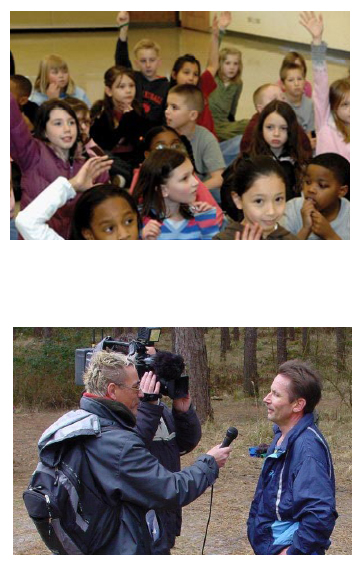There are different kind of polls evolved throughout history:
• One example is the straw poll, the kind of election polls
(first 1824) used in the nineteenth century in the US that the
modern day political polling is originated from. These polls varied
from oral counts, hand raising, paper ballots, writing preferences
in a book. Already then existed the problem of ‘selection bias’;
the fact that the polls are influenced by the characteristics of
those who were able to participate; different from the electorate
or population to which the results would be generalized.
• ‘Scientific Polls’ are other examples of polling, with Gallup
(around 1940) recognized for one of the early versions, that
involved sending interviewers to randomly selected locations and
then allowed interviewers largely to select their respondents to
fill ‘quotas’ based on population characteristics to be represented
in the poll. This, of course, led to selection biases.
• Academic researchers, who were beginning to engage in
large-scale public opinion and voting studies at this time, engaged
in a concerted and continuing effort to improve and defend their
research. This can be seen as a third example, academic research.
<Shapiro, Polling, 2001 Elsevier Science Ltd.>
//‘Political polling and market and academic survey research
increased after 1948. The early
and subsequent public pollsters who provided their survey results to
the mass media and other subscribers had used their political polling
as advertising to generate business for their proprietary market
and other types of research. Market researchers and other pollsters
expanded their work into polling and consulting for political parties
and candidates. Polling experienced its greatest expansion beginning
in the 1970s, when it was found that sufficiently representative and
accurate polling could be done by telephone (based on experiments
comparing polls conducted by phone with those done in-person),
eventually leading all the major pollsters to do most of their polling
by phone. The most important national news media, which had
relied exclusively on polling by public pollsters, began sponsoring and
conducting their own polls, establishing their own, often joint, polling
operations or making arrangements to contract-out polls in which
they controlled the content and reporting of results’ .//
Polls can be conducted in different ways depending on the research
goal, the kind of survey questionnaire to be administered, and the
available resources (money and time). Most time-consuming and
expensive is in-person national polling (going to random homes
throughout the nation). This can give in-depth, visual and sensitive
information. In contrast, election ‘exit polls’ that are used to
project election results and provide the basis for more in-depth
statistical analysis of voters’ behavior, are short and efficient surveys,
based on random samples of voters exiting voting places.
Exit polling has occasionally been controversial due to the ‘early’
reporting of results that might affect the behavior of those who
vote later in the day.
Also telephone polling (typically using Random Digit Dialing,
RDD) is less costly as it eliminates travel costs and is easier to
monitor and validate than in-person
interviews; however, it has higher rates of non-response due to
households that are not reached (no telephone, no answers, busy
signals, answering machines, and refusals to participate). Mail
surveys are the least expensive but produce the lowest response
rates unless extensive follow-ups are made.
Beyond statistical sampling error and non-response bias, there
are other sources of error in surveys that are not easily quantified.
- The responses to survey questions and measurement of
opinions and behavior can be affected by:
o how questions are worded
o what response categories are offered
o whether questions should have fixed or forced choices
o whether questions should be asked and responses recorded
as open-ended questions
- There may be ‘context effects’ that are produced by the
order in which questions are asked.
- A major source of error can occur depending on how research
problems are formulated or specified.
- Care needs to be exercised in drawing inferences about
actual behavior from survey measures of opinion, and self-reports
of future (and past) behavior.
